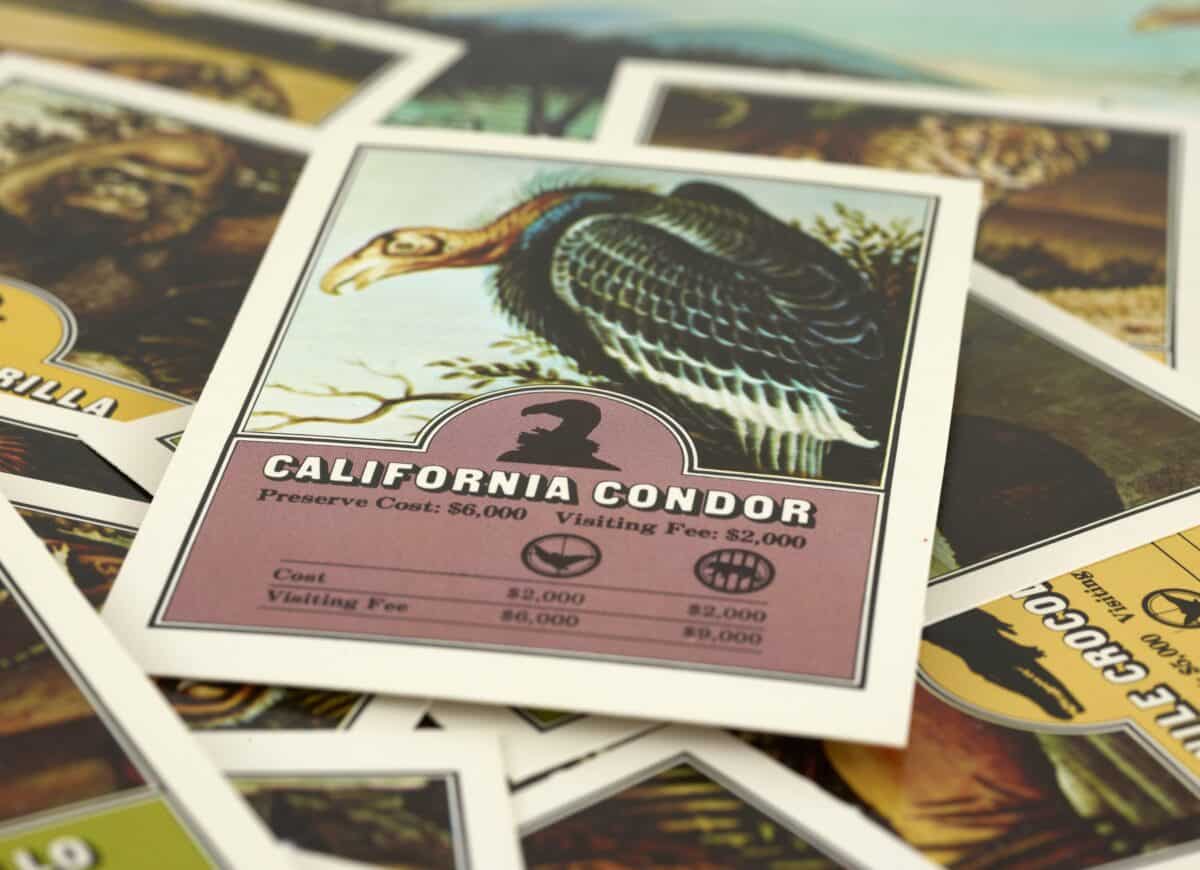The United States is home to a diverse array of wildlife, ranging from the vast Alaskan wilderness to the Florida Everglades. However, many species face the threat of extinction due to habitat loss, climate change, pollution, and other human activities. Here, we explore fifteen of the most endangered animals across different US states, shedding light on the urgent need for conservation efforts to protect these vulnerable species.
1. California Condor (California)
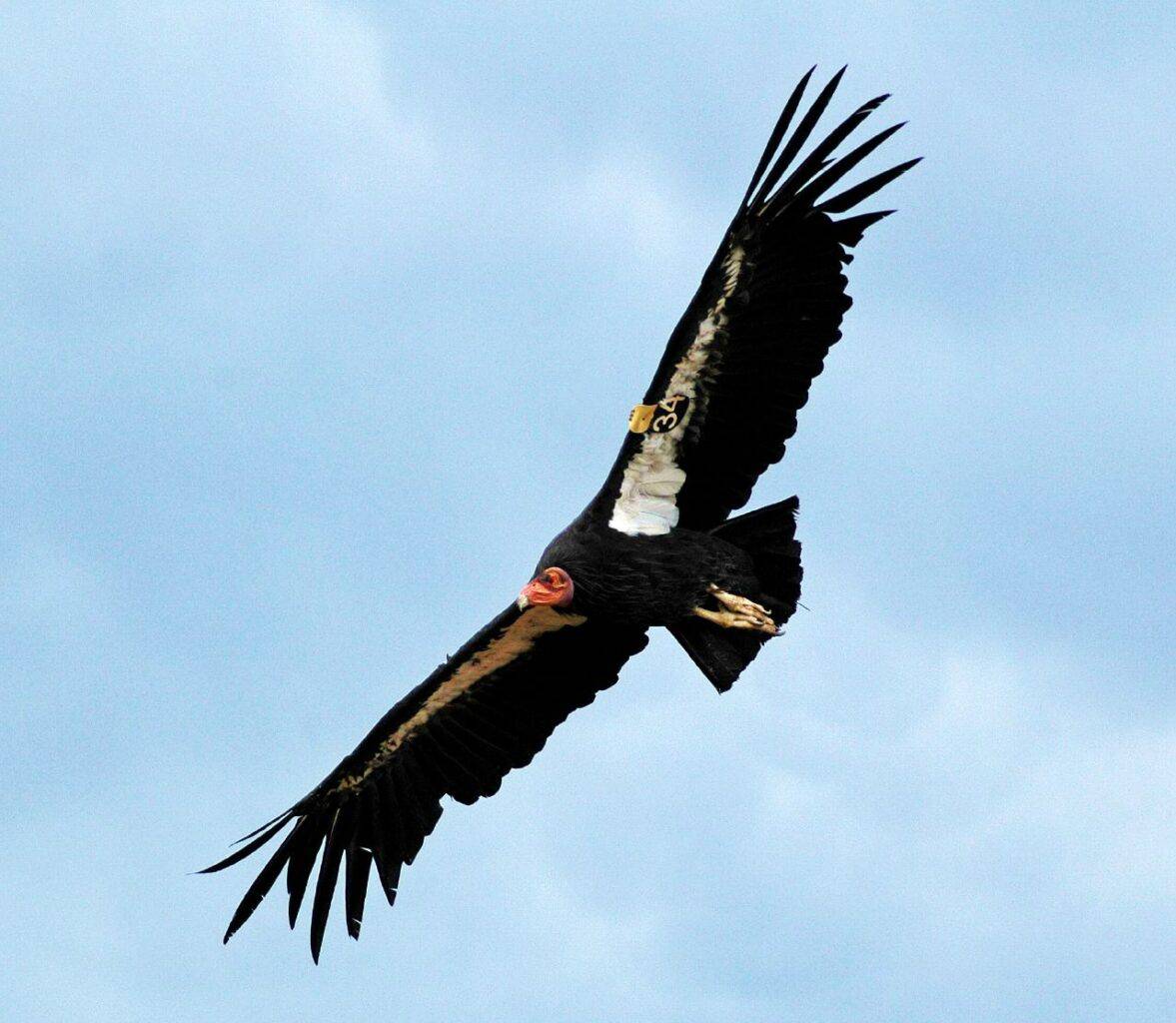
The California condor is one of the most critically endangered birds in North America. With a wingspan of up to 9.8 feet, it is also one of the largest flying birds in the world. Habitat destruction, lead poisoning, and microtrash ingestion have significantly reduced their numbers. Conservation programs have been somewhat successful, but their population remains precariously low.
2. Hawaiian Monk Seal (Hawaii)
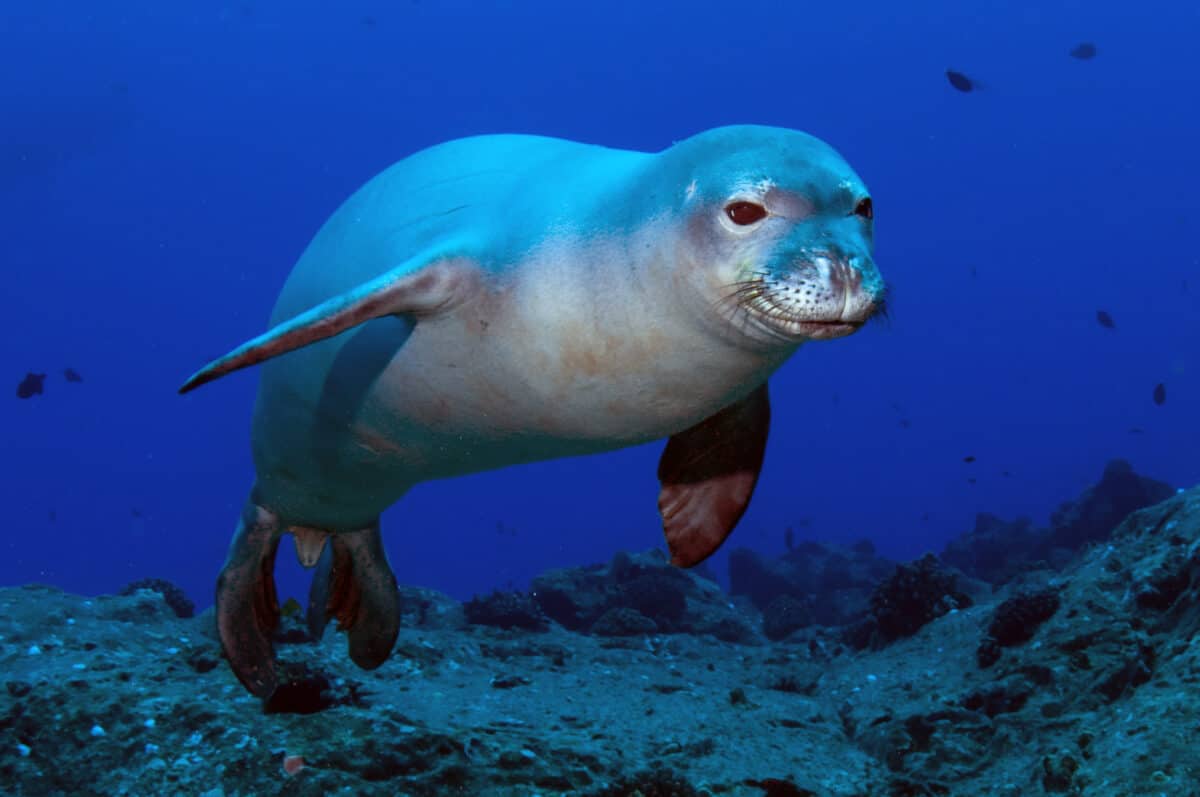
The Hawaiian monk seal is one of the world’s most endangered marine mammals, with fewer than 1,400 individuals left. They are threatened by entanglement in fishing gear, loss of habitat, and human disturbance. Conservation efforts focus on habitat protection and rehabilitation.
3. Red Wolf (North Carolina)

Once widespread across the southeastern United States, the red wolf now survives in only a small area of eastern North Carolina. With fewer than 20 individuals in the wild, the species faces challenges from habitat loss, vehicle strikes, and hybridization with coyotes.
4. Florida Panther (Florida)
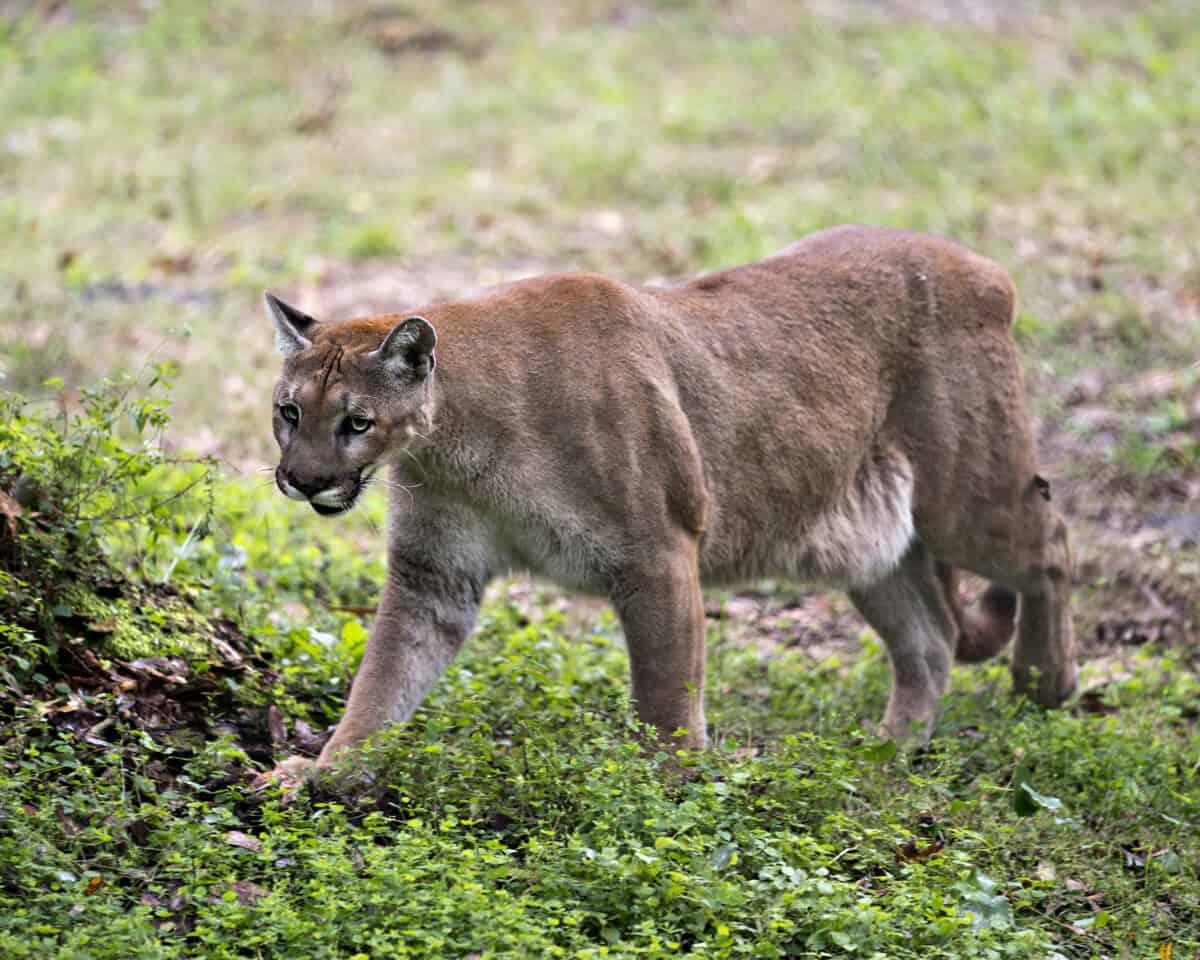
The Florida panther, a subspecies of the cougar, is critically endangered, with an estimated population of only 120 to 230 individuals. Habitat fragmentation, vehicle collisions, and genetic problems due to inbreeding are the primary threats to their survival. Conservation efforts include habitat restoration and wildlife corridors.
5. Black-Footed Ferret (Wyoming)
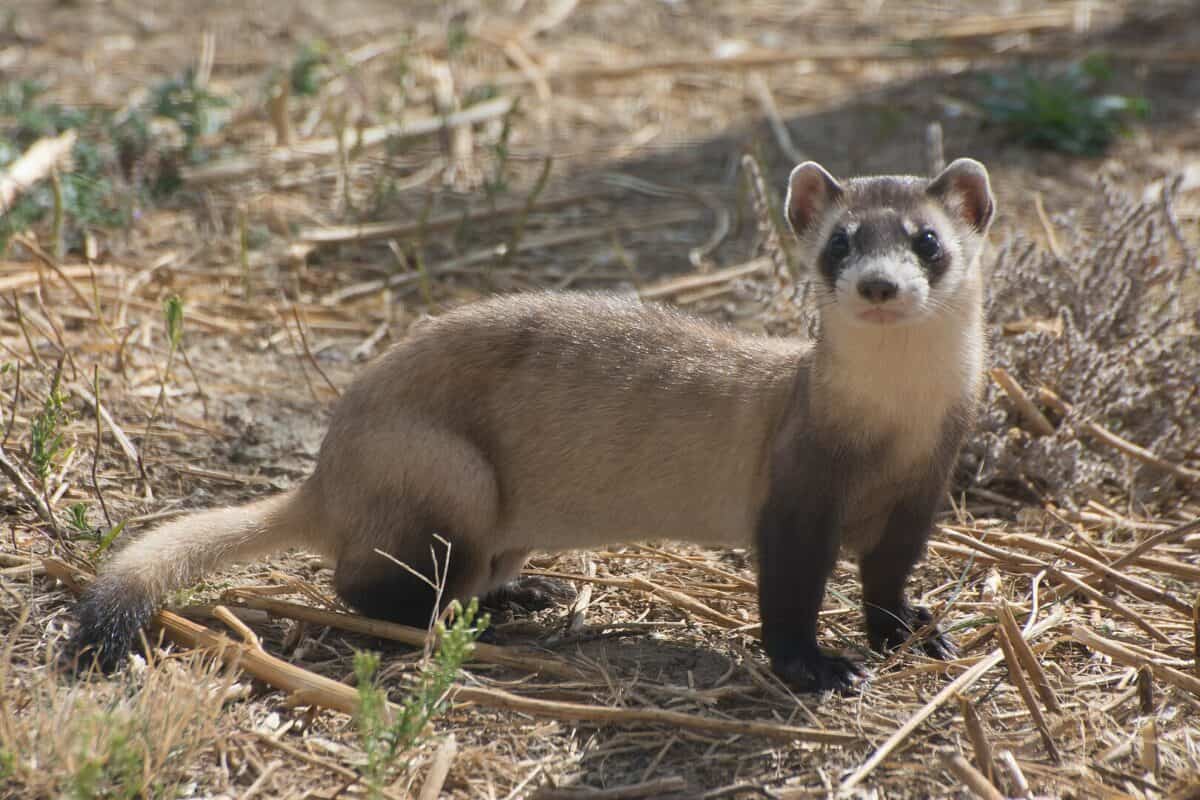
The black-footed ferret, once thought extinct, has been the focus of intensive recovery efforts. Native to the Great Plains, this species faces threats from habitat destruction and disease. Captive breeding and reintroduction programs have helped increase their numbers, but they remain endangered.
6. Mississippi Gopher Frog (Mississippi)

The Mississippi gopher frog is critically endangered, with fewer than 250 adults in the wild. Its primary habitat, longleaf pine forests, has been extensively logged and converted to agriculture. Conservation efforts focus on habitat restoration and breeding programs.
7. Mojave Desert Tortoise (Nevada)
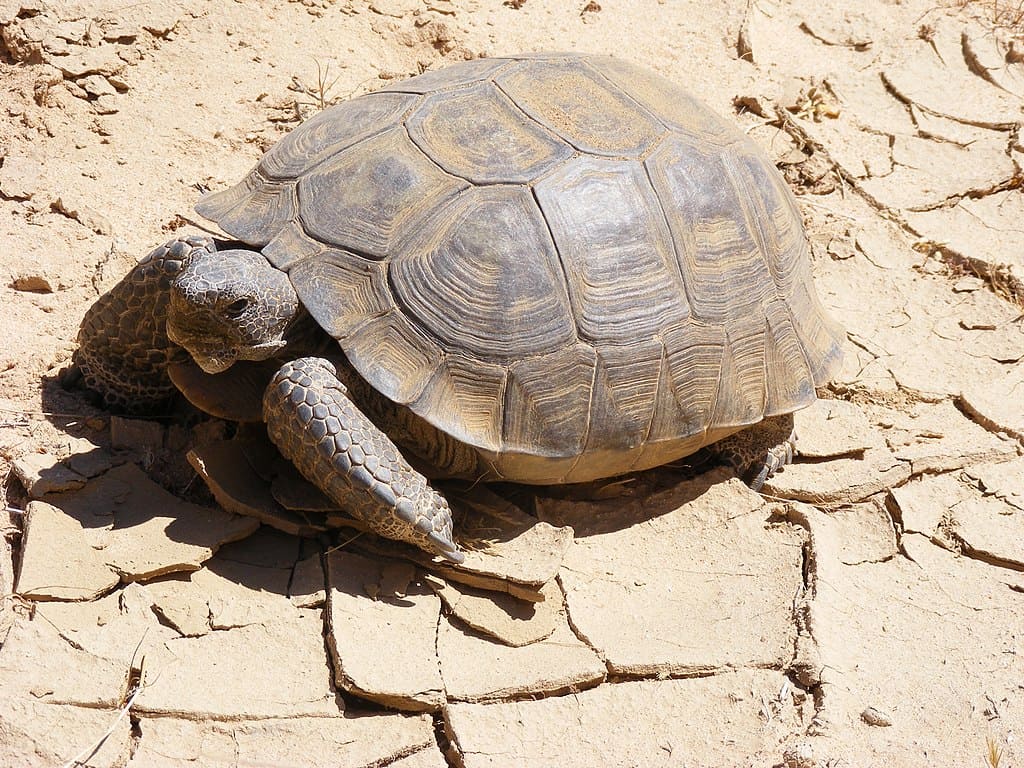
The Mojave Desert tortoise is endangered due to habitat loss from urban development, off-road vehicle use, and disease. These tortoises are a keystone species in their ecosystem, making their conservation crucial. Recovery efforts include habitat protection and research on disease management.
8. Ocelot (Texas)

The ocelot, a small wild cat, is critically endangered in the United States, with a population of fewer than 100 individuals in South Texas. Habitat destruction and fragmentation are major threats. Conservation efforts focus on habitat protection and connecting fragmented populations.
9. Kemp’s Ridley Sea Turtle (Texas)
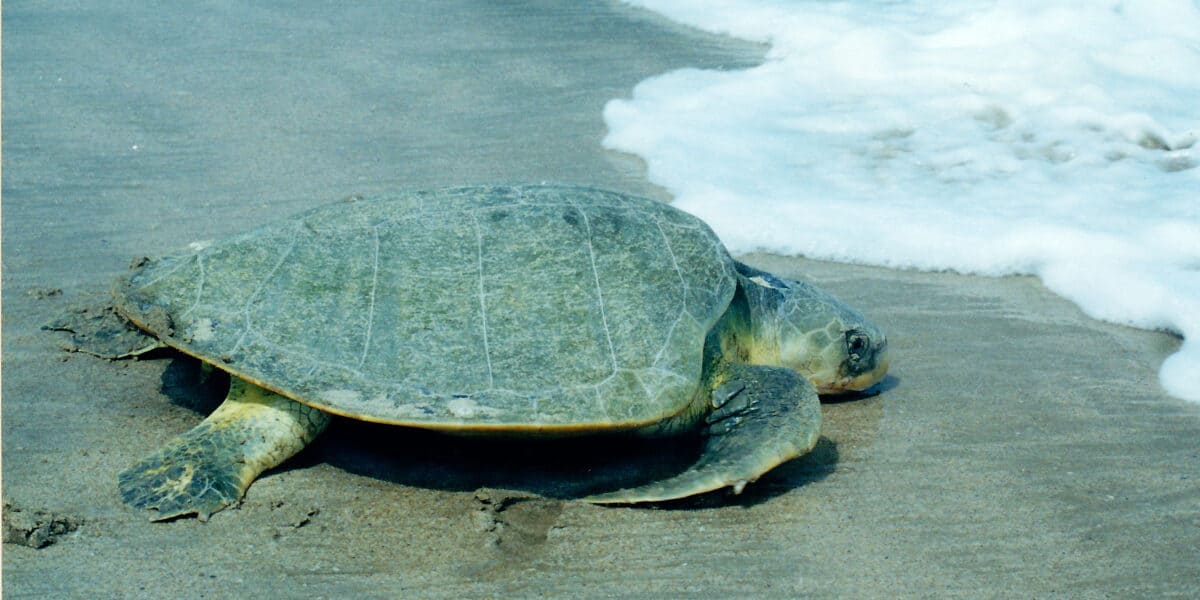
The Kemp’s Ridley sea turtle, the world’s most endangered sea turtle, nests primarily on the beaches of the Gulf of Mexico. They face threats from bycatch in fishing gear, habitat loss, and climate change. Conservation efforts include protecting nesting sites and reducing bycatch through modified fishing practices.
10. Utah Prairie Dog (Utah)
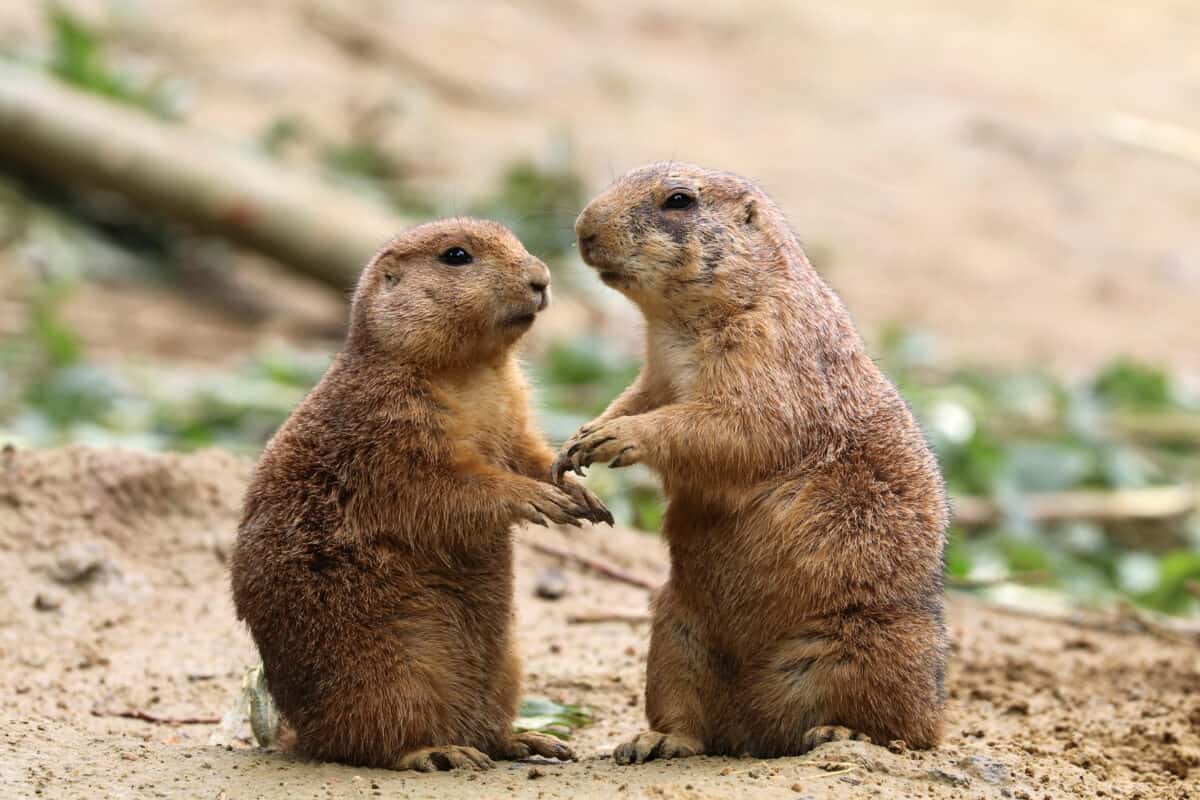
The Utah prairie dog is endangered due to habitat destruction, disease, and human persecution. Conservation programs include habitat protection, disease management, and reintroduction efforts. These prairie dogs play a vital role in their ecosystem, creating habitats for other species.
11. Humpback Chub (Arizona)
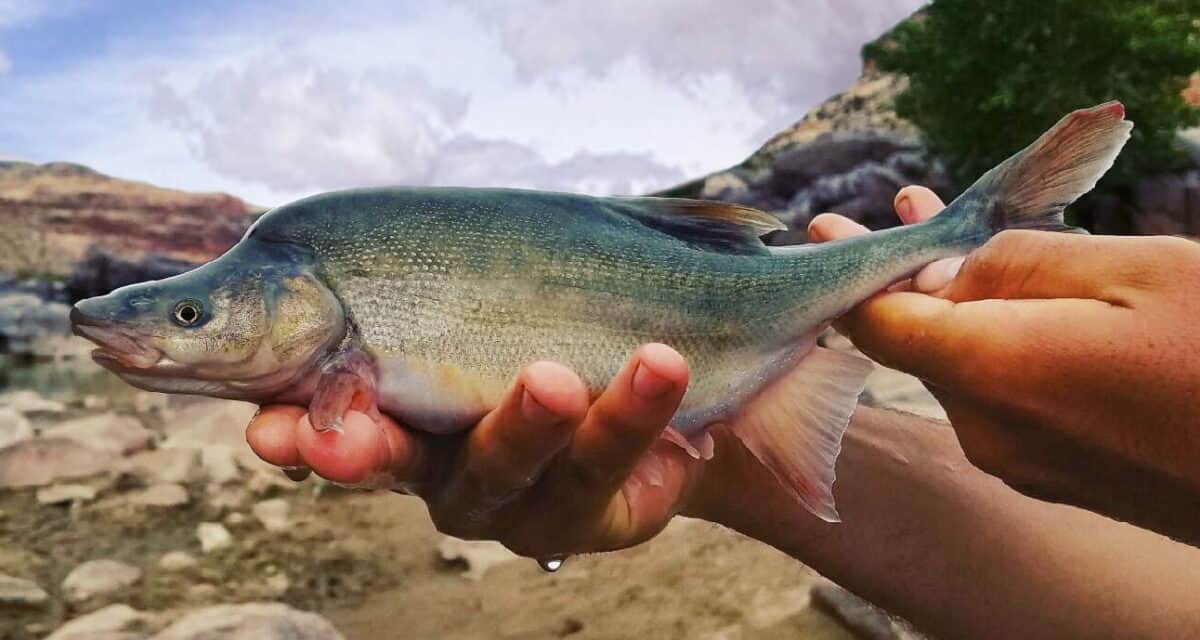
The humpback chub, native to the Colorado River, is endangered due to habitat alteration from dams and invasive species. Conservation efforts focus on habitat restoration and management of water flow to mimic natural river conditions.
12. Ivory-Billed Woodpecker (Arkansas)

Once believed extinct, the ivory-billed woodpecker may still exist in the bottomland hardwood forests of Arkansas. Habitat loss and degradation are primary threats. Ongoing searches and habitat protection efforts aim to confirm and protect any remaining populations.
13. West Virginia Northern Flying Squirrel (West Virginia)
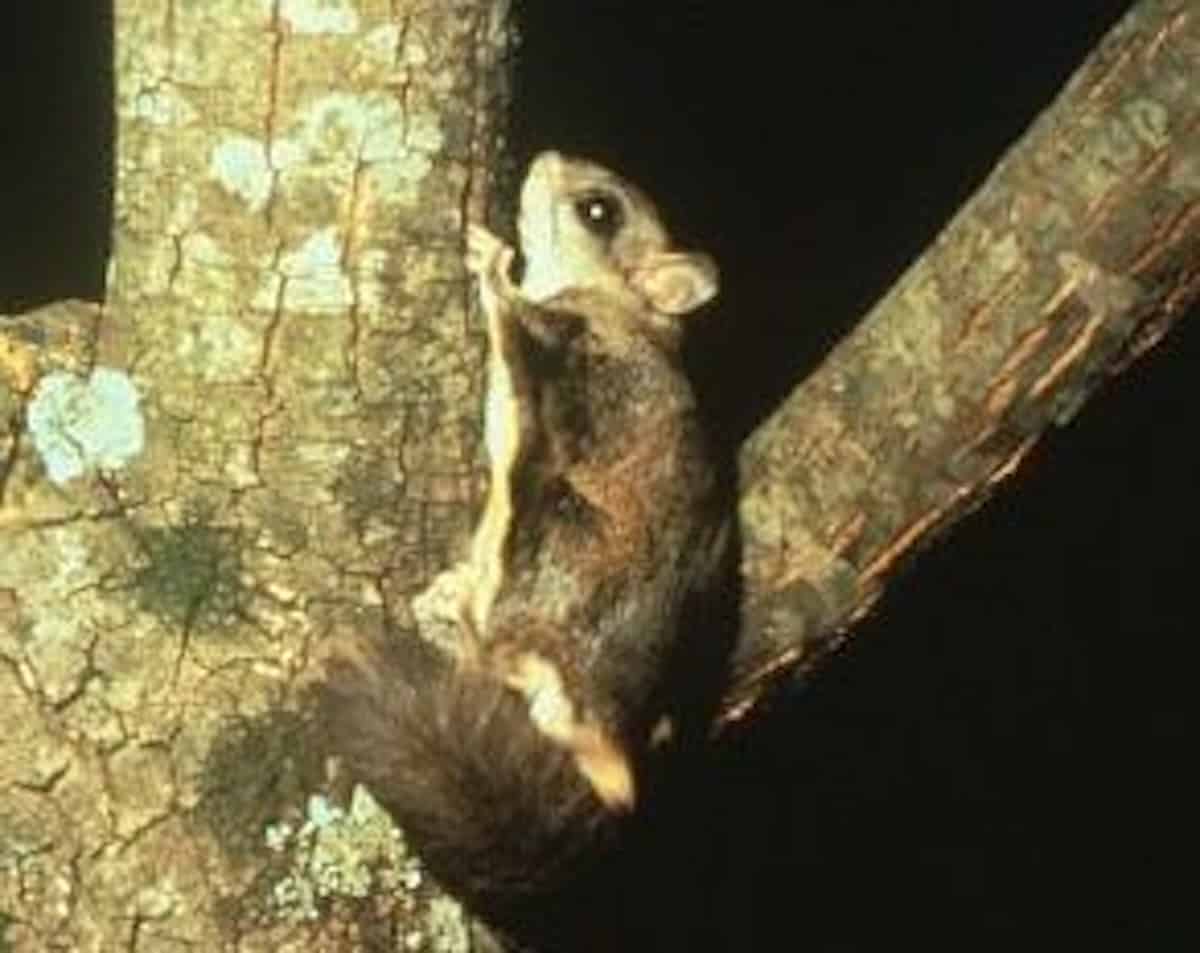
This subspecies of the northern flying squirrel is endangered due to habitat loss and climate change. Conservation efforts include habitat protection and reforestation programs to restore its high-elevation forest habitat.
14. Saint Francis Satyr Butterfly (North Carolina)
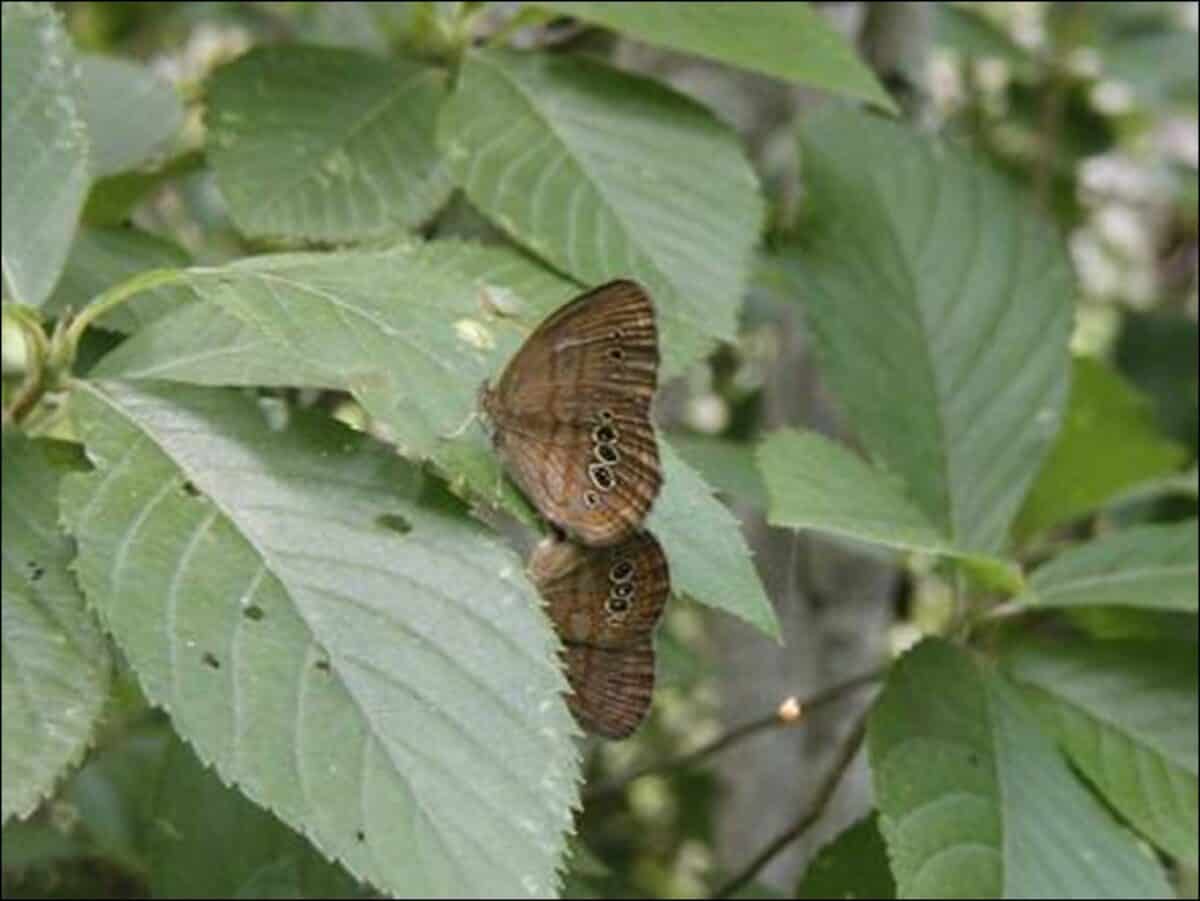
The Saint Francis satyr butterfly is critically endangered, with only a few populations existing in North Carolina. Habitat loss due to agriculture and development is the main threat. Conservation efforts include habitat management and captive breeding programs.
15. New England Cottontail (New England States)
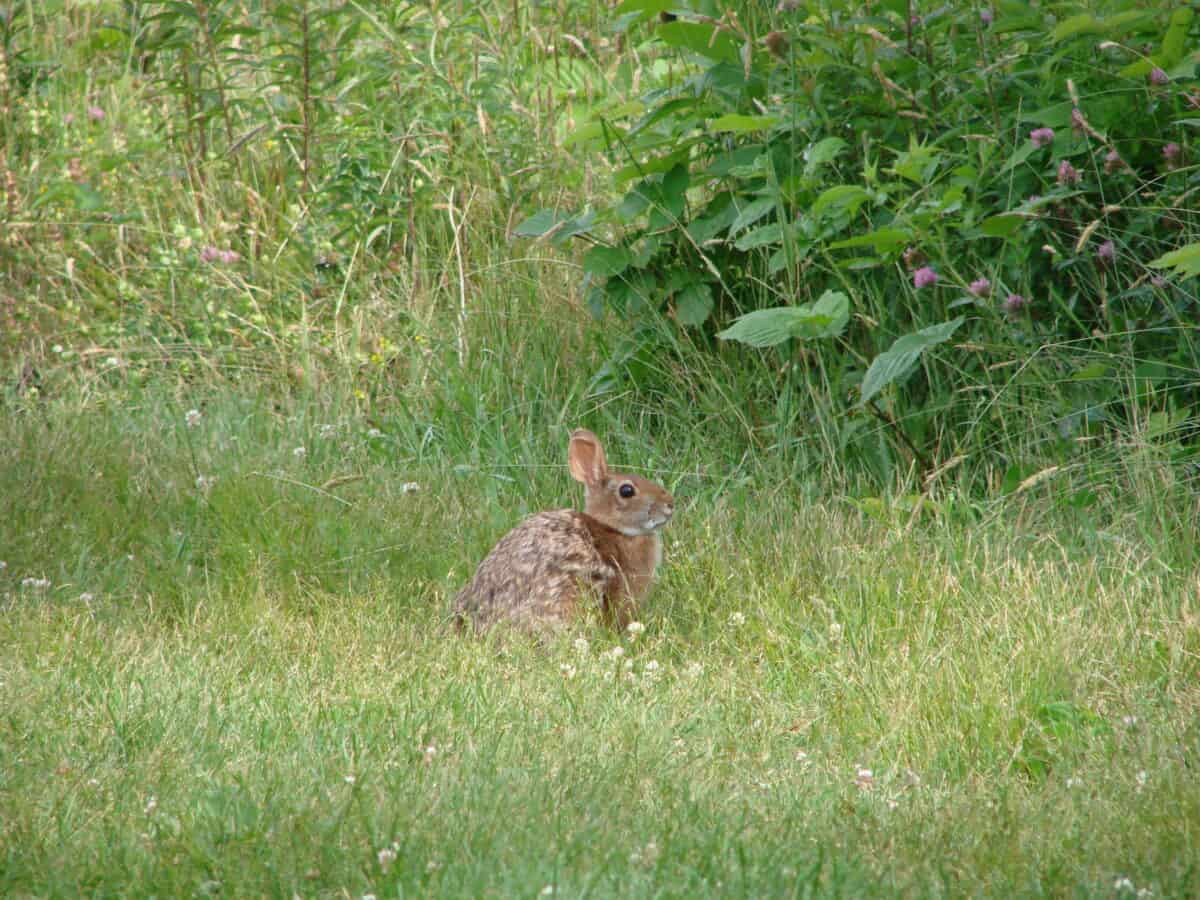
The New England cottontail is endangered due to habitat loss and fragmentation. Conservation efforts focus on habitat restoration and creating early successional habitats that are crucial for their survival.
Conservation Strategies and Challenges
Efforts to conserve these endangered species are multifaceted, involving habitat protection, restoration, captive breeding, and public awareness campaigns. However, these efforts face several challenges, including:
- Habitat Destruction: Urban development, agriculture, and infrastructure projects continue to encroach on natural habitats, making it difficult for species to survive and reproduce.
- Climate Change: Changing weather patterns and temperatures can alter habitats and food sources, making it harder for species to adapt.
- Pollution: Contaminants in water and soil can poison wildlife and disrupt ecosystems.
- Human-Wildlife Conflict: As human populations grow, conflicts between people and wildlife increase, leading to poaching, vehicle strikes, and other threats.
- Invasive Species: Non-native species can outcompete, prey on, or bring diseases to native wildlife.
The Role of Public Participation

Public involvement is crucial for the success of conservation efforts. Supporting conservation organizations, participating in habitat restoration projects, and advocating for stronger environmental protection laws can make a significant difference. Education and awareness programs can also help people understand the importance of biodiversity and the steps they can take to protect it.
Conclusion

The endangered species across the United States highlight the urgent need for comprehensive conservation strategies. By addressing the root causes of habitat loss and other threats, and through collaborative efforts between governments, conservation organizations, and the public, we can hope to preserve the nation’s rich biodiversity for future generations. The survival of these species depends on our commitment to protecting and restoring their habitats and mitigating the impacts of human activities on the natural world. I hope you enjoyed reading about the animals that are endangered in America. To read more stories like this, check out the articles below:
- Top 12 Most Endangered Animals Alive Today
- The 5 Most Endangered Animals in North America
- 10 Endangered Animals in the Amazon Rainforest
- Scientists Discover Record-Depth Snailfish in Japan - October 20, 2024
- Meet The Scientist Whose Life Was Saved By A Whale - October 20, 2024
- Neighbor Rescue Dog Falling From Third-Story Window - October 20, 2024

